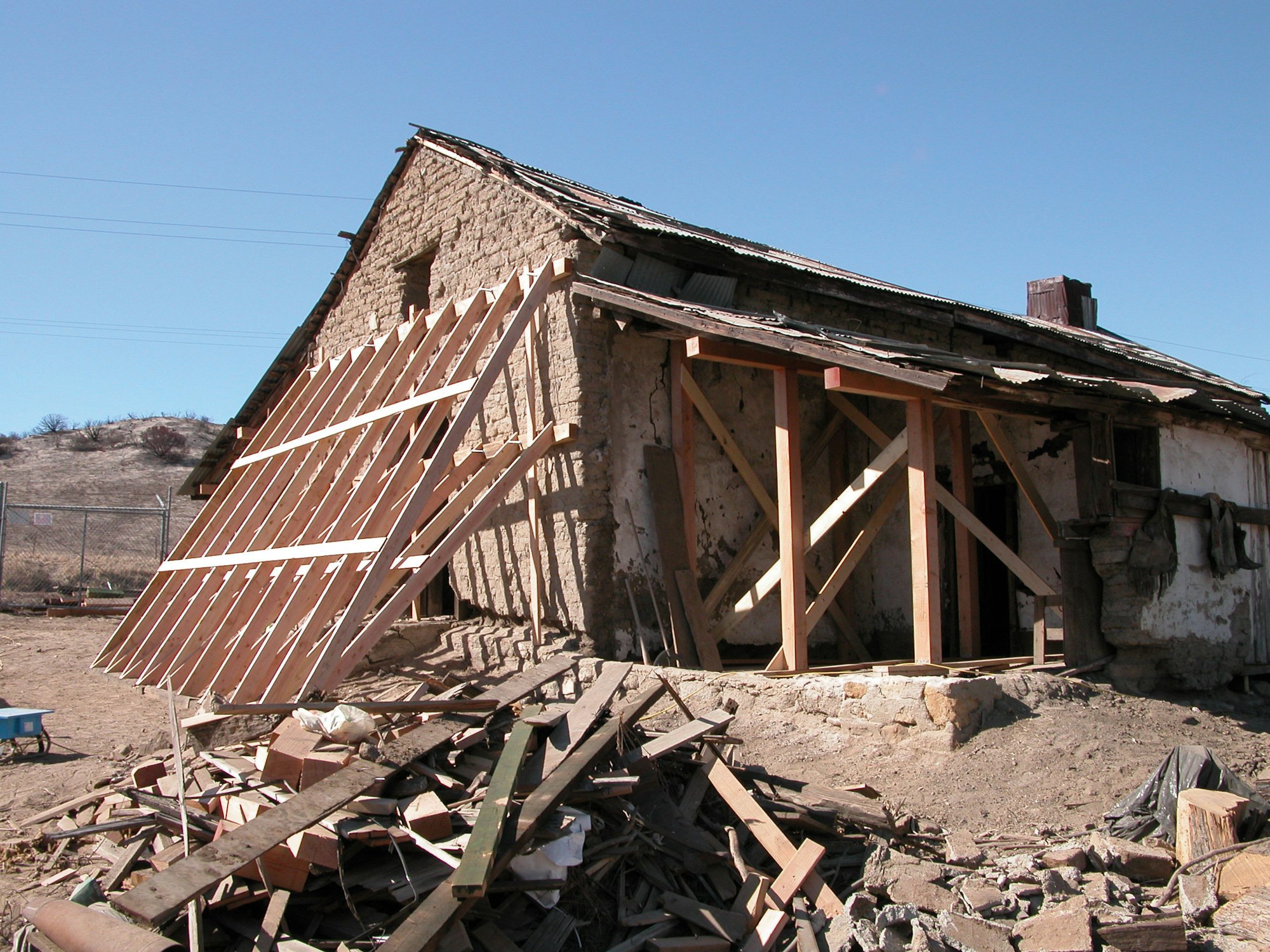Warner-Carrillo Ranch House
In June, 1946, after several years of negotiations, the Vista Irrigation District purchased the land and facilities owned by the San Diego Water Company in order to secure a reliable local water supply. Included in the purchase was the 43,000 acre Warner Ranch, a former Spanish Land Grant, which includes Henshaw Dam and Lake Henshaw. Unbeknownst to the District, it had also purchased a structure of historical significance, the Warner-Carrillo Ranch House.

The Warner-Carrillo Ranch House has been called a “national treasure” and serves as a landmark in the history of the American west. The adobe ranch house and barn are associated with several historic events and themes, including the clash of Mexican and American cultures during the early period in the Mexican Republic; the frontier period in the American westward migration; trade and interaction with Native Americans; and the California Gold Rush.
Johnathan Trumbull Warner, a former California State Senator, owned the ranch house in the 1840’s and 1850’s when it was a camping stop on the Gila Overland Trail to California. Burned during an Indian uprising in 1851, the ranch house was rebuilt by the Carrillo family and served as the Butterfield Overland Mail Stage Station from 1858-1861. The ranch house and barn served as ranch headquarters, bunkhouse and storeroom for major cattle ranching operations, such as the Vail Ranch, until the 1960’s.
The Warner-Carrillo Ranch House represents one of the few remaining examples of Mexican period adobes in California, and the barn is the only hand-hewn timber barn still standing in San Diego County. In 1961, the ranch house was listed as a National Historic Landmark. In 1964, it became State Registered Landmark Number 311. In 2000, the Save Our Heritage Organisation of San Diego called the ranch house site “the most important unprotected historical site in San Diego County.”

Thanks primarily to grants and donations. the Warner-Carrillo Ranch House has been restored to its period of historical significance in the mid to late 1800’s. The wooden floors, adobe walls and metal roof have been rebuilt, and the windows, doors, porches surface finishes along with the historic manta ceilings (stretched canvas) were restored. The restoration project has allowed the building to be opened to the public for the first time.
The historic barn has been preserved in a state of arrested decay through permanent wooden structural bracing, replacing makeshift cables and turnbuckles holding the building together. Barn preservation has allowed the structure to be opened for viewing and enabled restoration efforts to focus on the ranch. The hope is to one day restore the barn so it can be toured like the ranch house.
This year the historic preservation community has taken notice of the project and honored it with two prestigious awards. The District received the Governor’s Historic Preservation Award for its preservation and restoration of the Warner-Carrillo Ranch House and barn. This award is the only one presented by the State of California in the field of historic preservation. The District and its General Manager, Roy Coox, also were named Preservationists of the Year by the Save Our Heritage Organisation, the pre-eminent historical group in San Diego County.
The Vista Irrigation District believes that it is important to be a good steward of the environment, preserving natural, ecological and cultural resources for current and future generations. The District’s commitment to this belief has led to the restoration of the Warner-Carrillo Ranch House for adults, children and families to enjoy for years to come.
